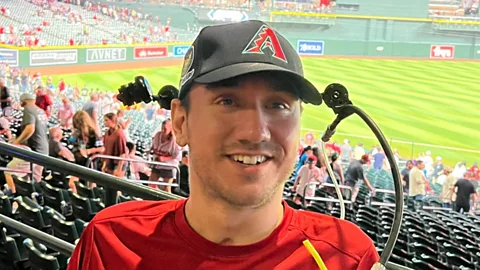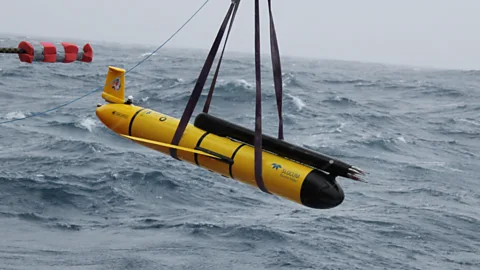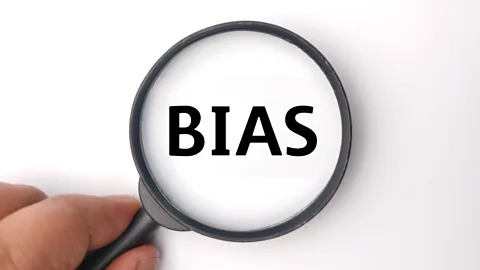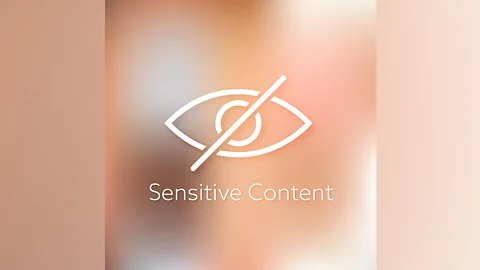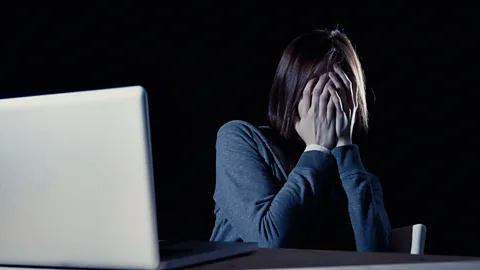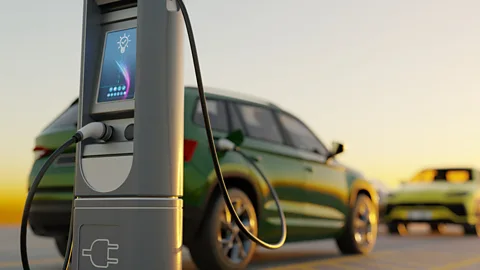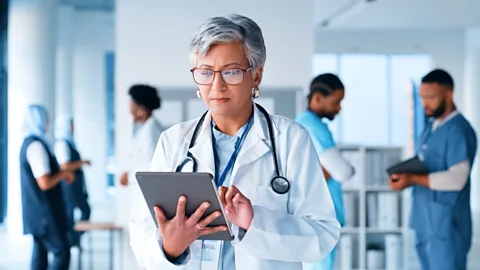
Tech Life
Tech Life
The doctor will see you now
Up next
March 4, 2025
26 minutes
Available for over a year
Live trials are under way in Ghana of holoportation 3D telemedicine tech. It allows a patient in a remote location to connect to a doctor many miles away, and be examined. We speak to the lead engineer involved in the project, as well as a patient and a doctor benefiting from the portable kit.
Also on Tech Life, what happens when a country's leader decides the names of some places (or stretches of water) are about to change ? Do online maps update ? How is it decided ? Our reporter has been searching for the answers.
And what is it like working as a technology correspondent, reporting on the busy and ever-changing North America tech scene ? We chat to Lily Jamali who does exactly that for the BBC.
We are always keen to hear from you. You can email us: [email protected], or send us a text message or voice note on Whatsapp: +44 330 1230 320.
Presenter: Graham Fraser
Producer: Tom Quinn
Editor: Monica Soriano
(Image: Image of a female doctor communicating with a patient on a portable video link. Credit: Hiraman/Getty Images)



